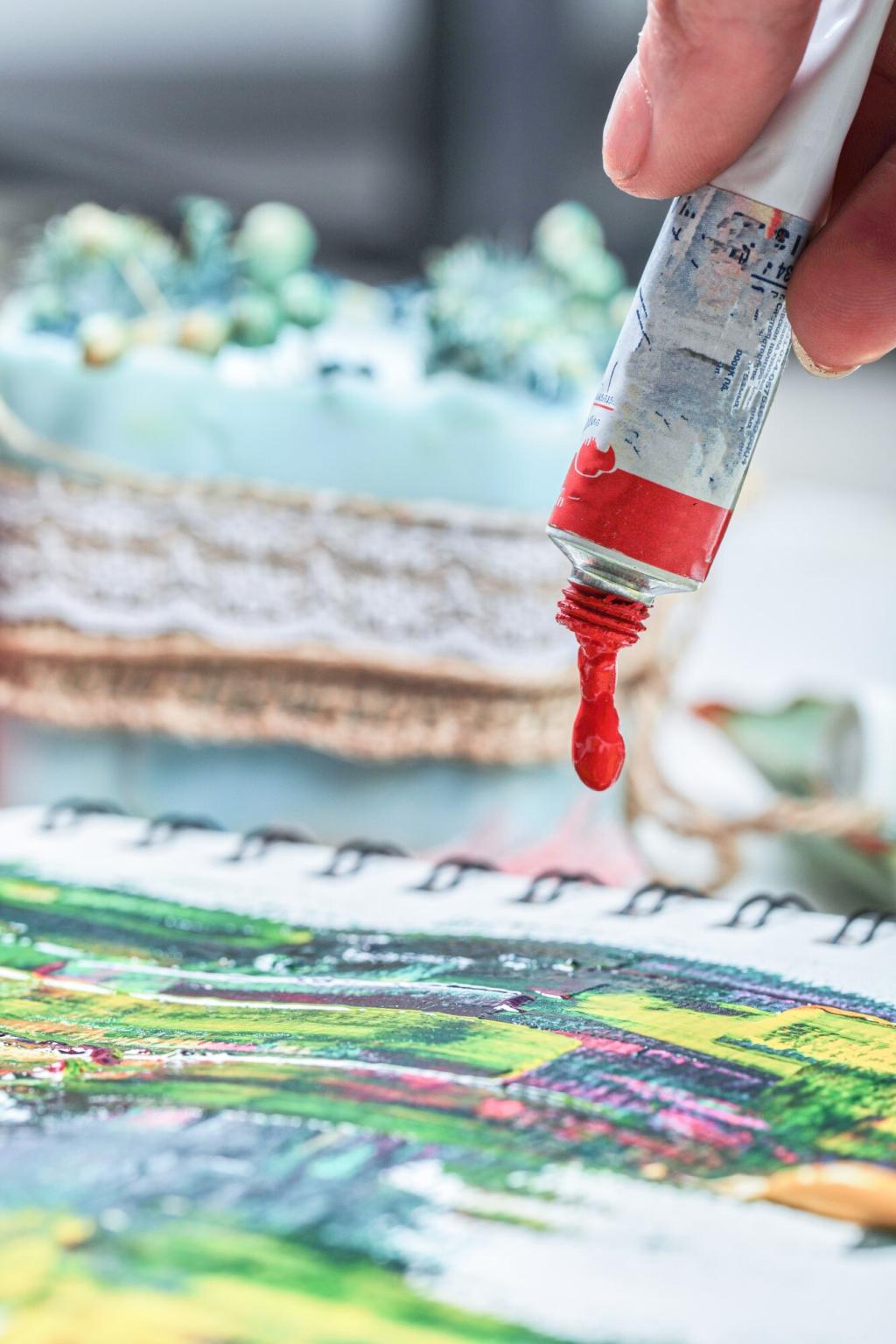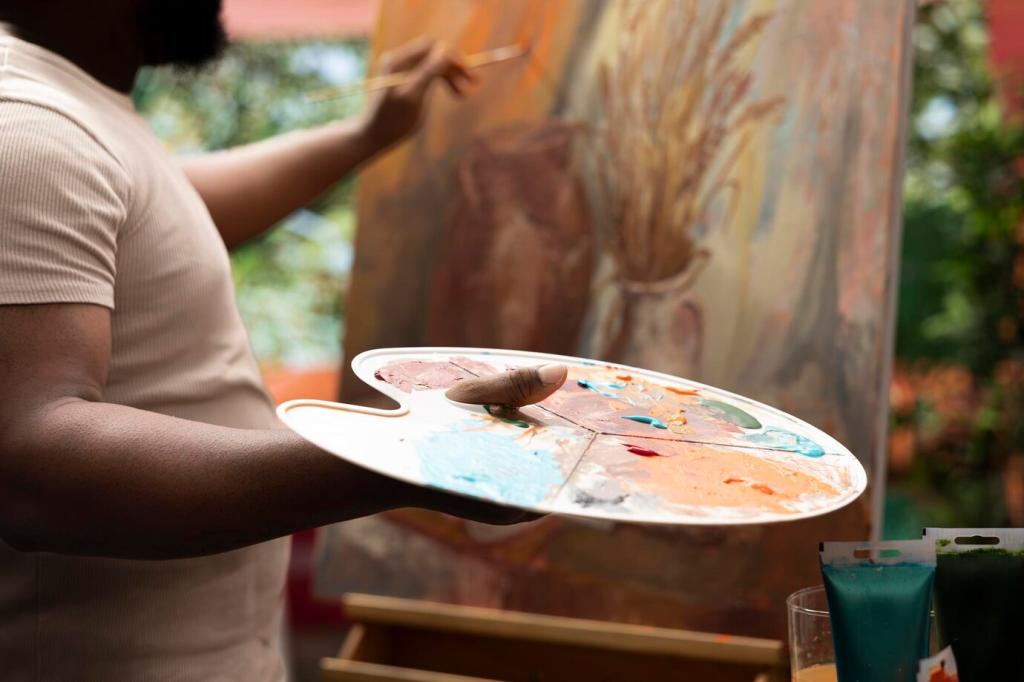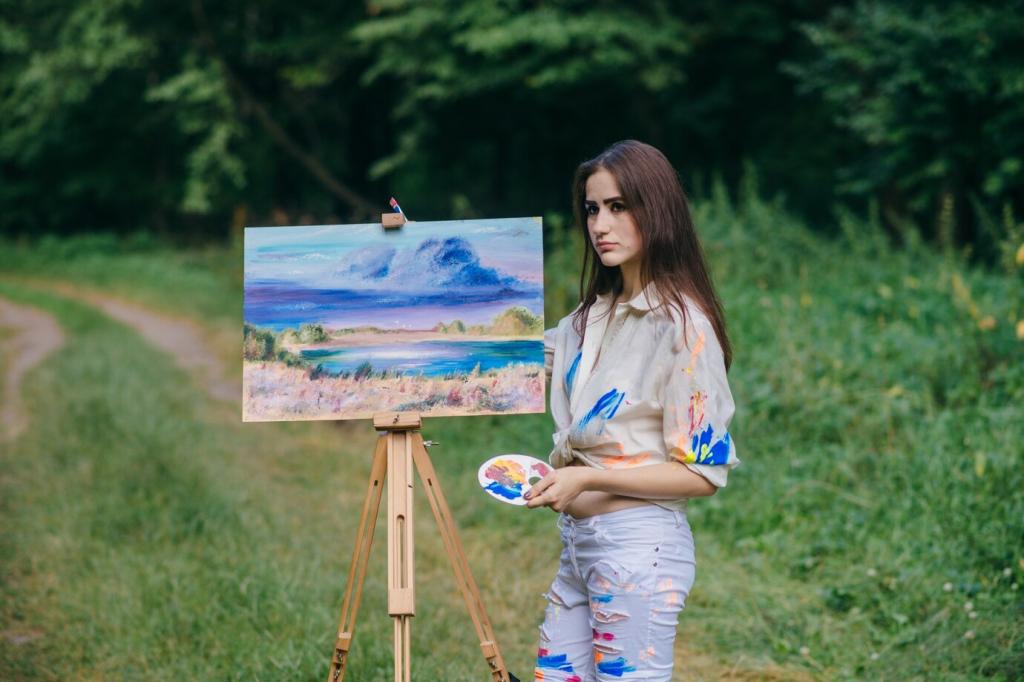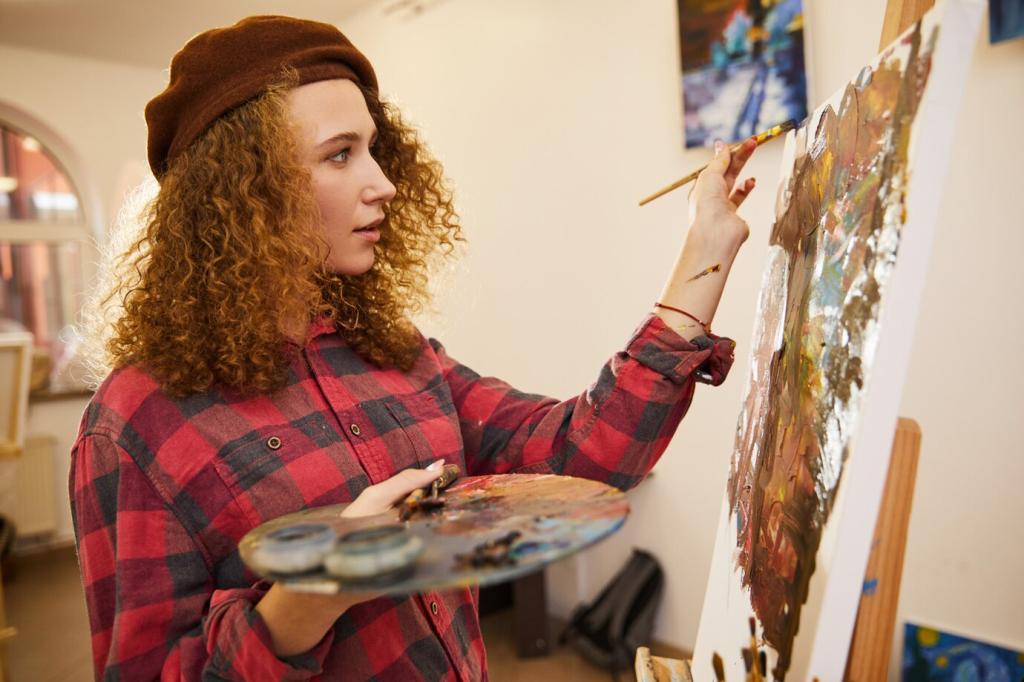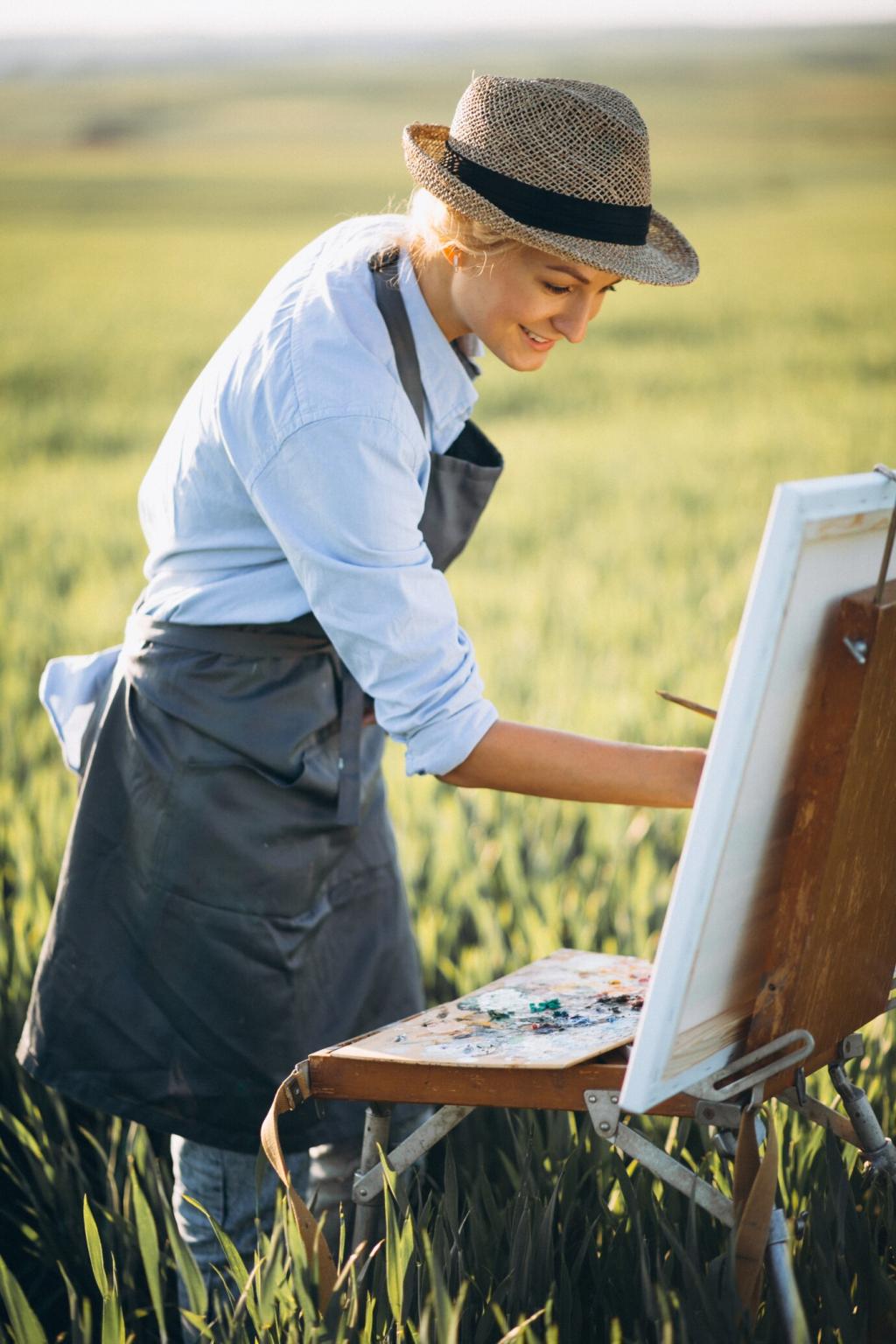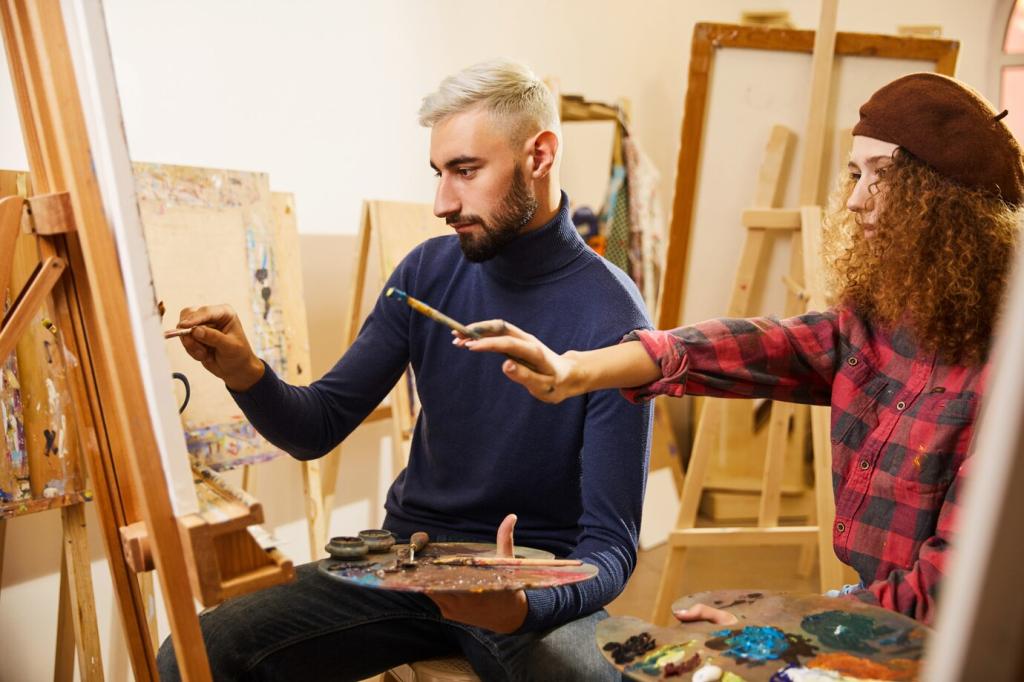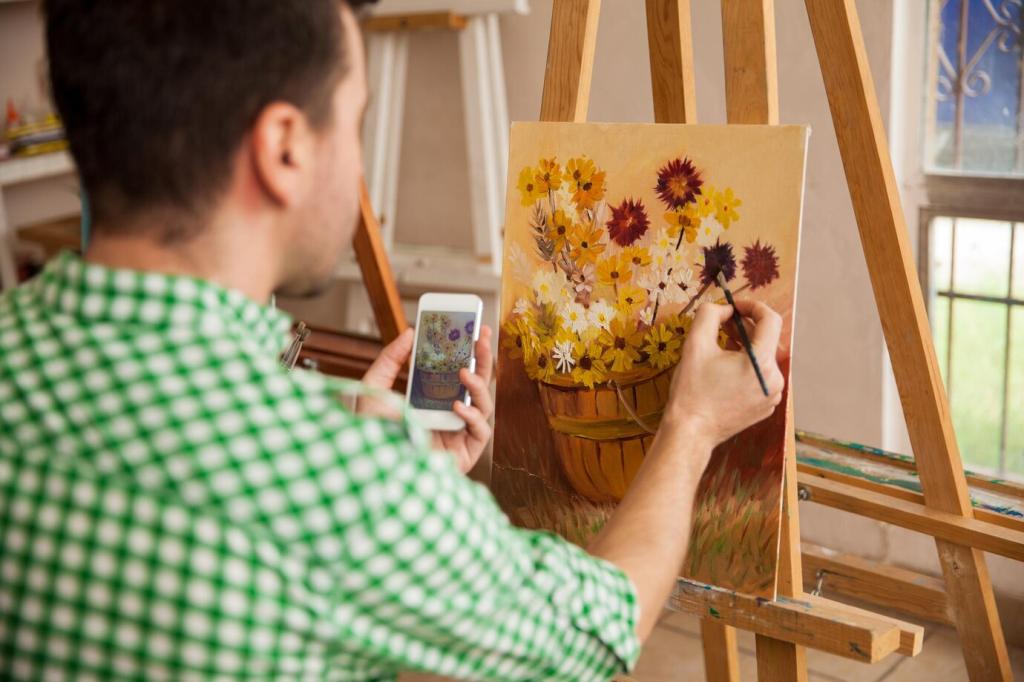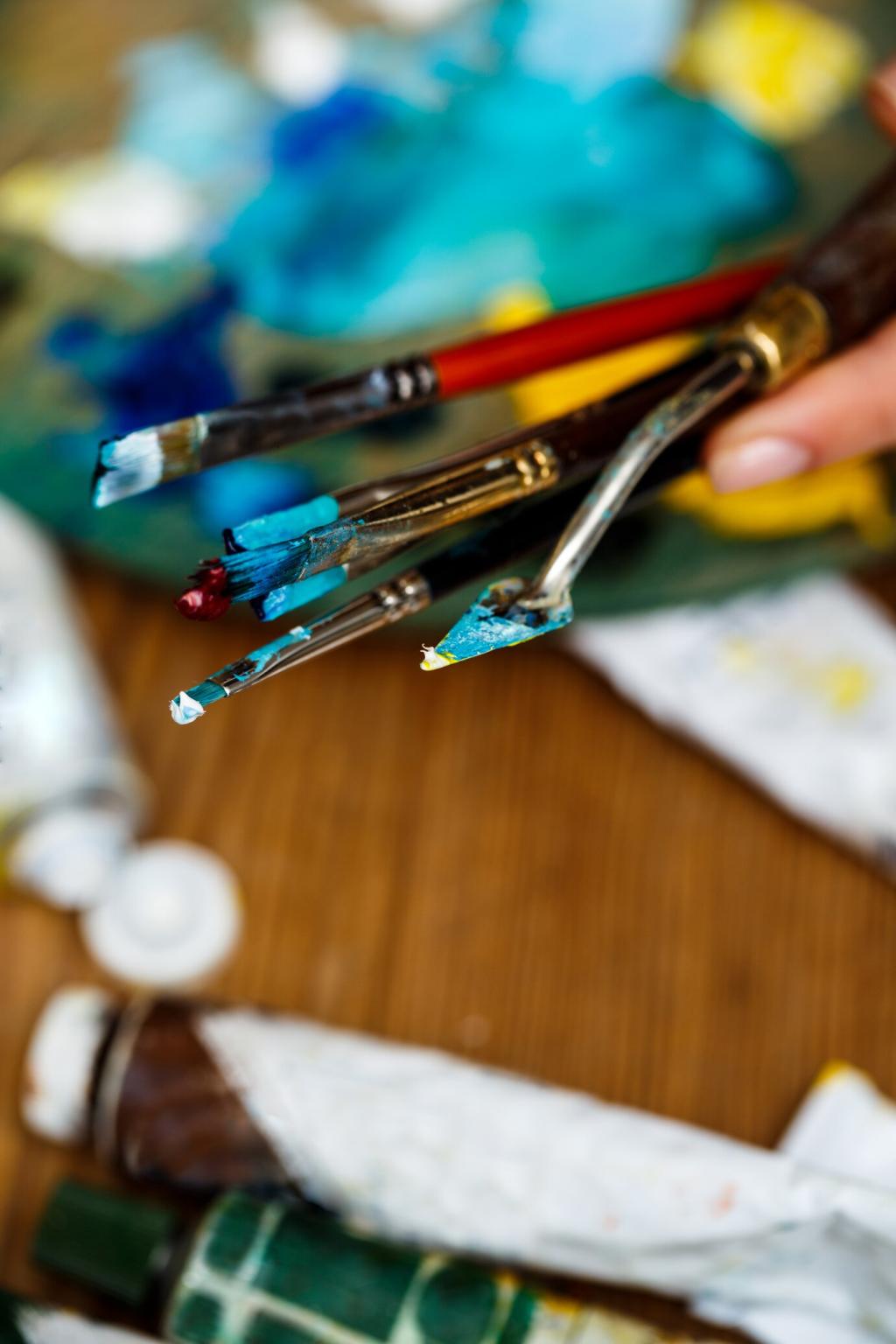From Canvas to Culture: How Paintings Live in Us
A reader once wrote that Rembrandt’s self-portrait stopped her mid-step, as if an ancestor breathed through oil. Such encounters reshape memory and widen patience, teaching us to listen to faces painted centuries before our questions were born.
From Canvas to Culture: How Paintings Live in Us
One teacher projected Delacroix beside photos from recent protests, asking students to find the flag in both. The conversation leapt across centuries, proving that composition can rehearse courage, and that images keep debating even when textbooks fall silent.

